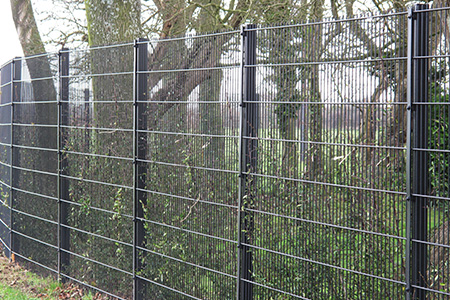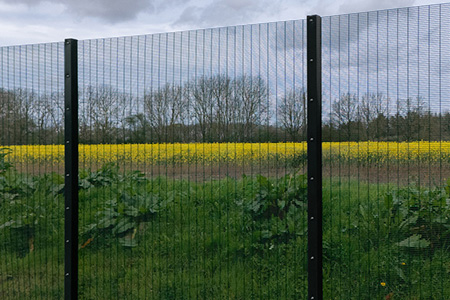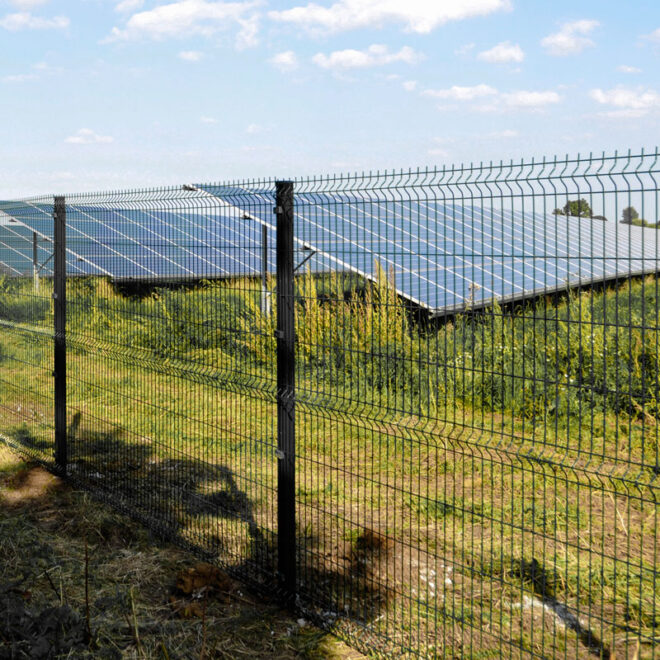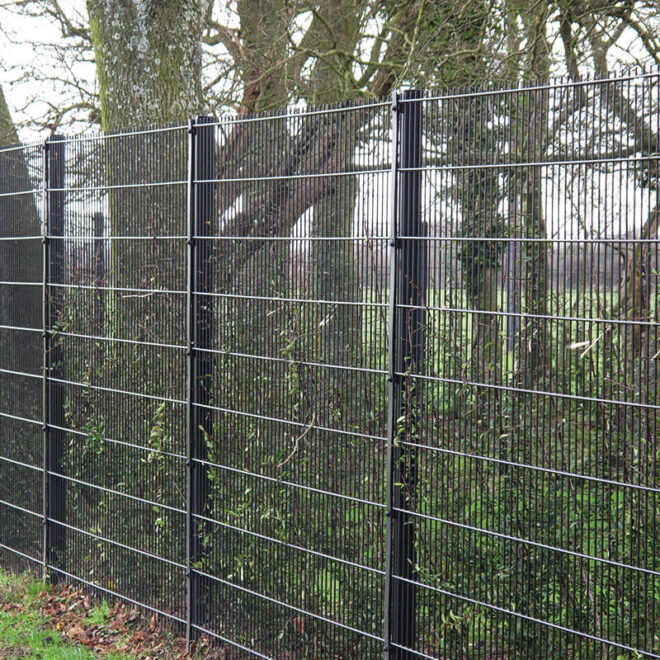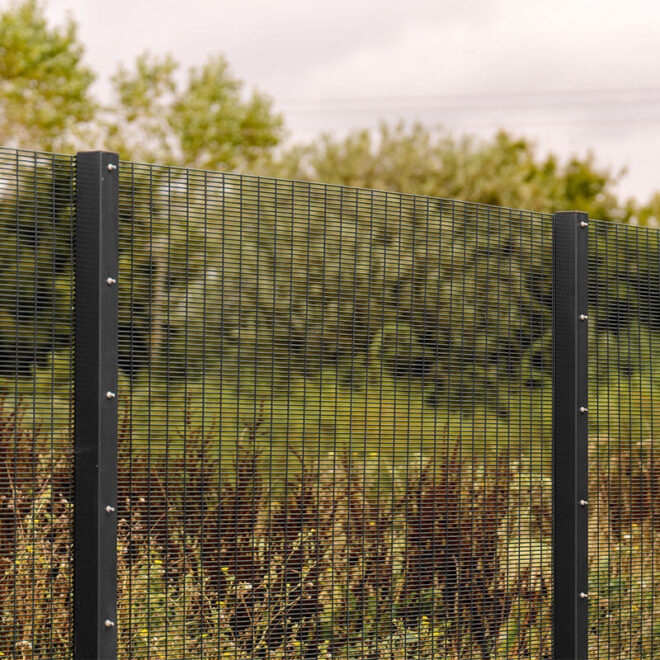Published:
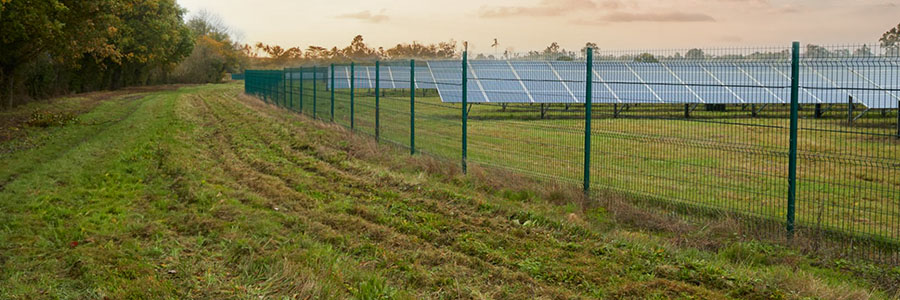
With the UK’s solar capacity expanding rapidly, solar farms have become prime targets for organised criminal networks. A recent surge in cable thefts is forcing operators to rethink how they protect their high-value assets.
A Surge in Organised Solar PV Theft
According to a recent article by Solar Power Portal, citing research from DeterTech, the UK is entering a ‘peak period’ of solar PV theft perpetrated by ‘fully industrialised’ criminal networks. March and April witnessed a notable rise in thefts at UK solar projects, with 11 reported incidents compared to just three in February. One site suffered three separate break-ins within a month, resulting in the theft of string cable valued at approximately £90,000.
These crimes are not isolated incidents but part of a broader trend of increasing rural crime across the UK. The National Farmers Union (NFU) Mutual’s annual Rural Crime Reports highlight a consensus among law enforcement and industry stakeholders that rural crime is becoming more structured and persistent.
The Financial and Operational Impact
The financial repercussions of such thefts are substantial. Aviva Insurance reported that claims for solar farm theft exceeded £250,000 between December 2023 and February 2024. Beyond the immediate costs of replacing stolen materials, operators face extended outages, logistical disruptions, and the risk of repeat targeting. Hampshire Police has documented cases where offenders returned to the same site to steal newly installed cable, indicating a deliberate and coordinated approach.
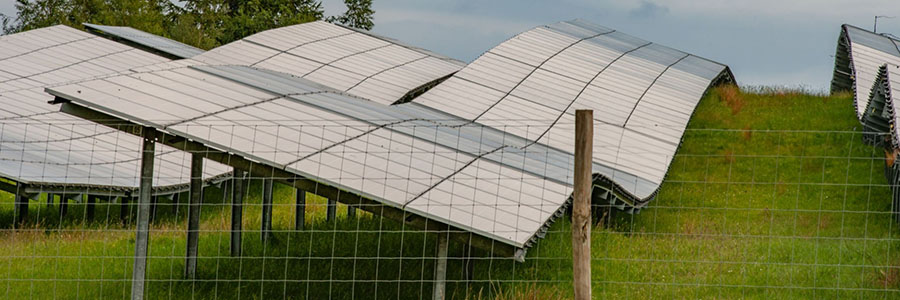
Understanding the Target: Why Solar Farms?
Solar farms present a lucrative opportunity for thieves, primarily due to the substantial amount of copper cabling used—estimated at 4 to 5 tonnes per megawatt. Organised gangs are increasingly viewing solar farms as lower-risk targets compared to more secure urban infrastructure. Even when cables are buried, these groups have employed all-terrain vehicles and heavy equipment to extract and remove materials swiftly.
Perimeter Security: The First Line of Defence
Despite the high value of assets within solar farms, many sites rely on inadequate agricultural fencing. Fencing types such as deer or stock fencing, while suitable for rural settings, offer minimal resistance to criminal intrusions and provide little visual deterrence. Their design, intended primarily for containing livestock, fails to meet the security standards necessary to protect valuable equipment.
Fencing height and structural integrity are critical. Fences below 2 metres can be easily scaled, and the absence of tamper-resistant features—such as climb-resistant mesh or reinforced fixings—further compromises site security.

Recommendations from Authorities and Insurers
Leading insurance providers and police forces have recognised these vulnerabilities. Aviva Insurance recommends that perimeter fencing should be at least 2.5 metres in height and comply with the British Standard for open mesh steel panel fences (BS 1722-14). They caution against the use of lightweight ‘chain link’ or agricultural fencing, stating it provides negligible security protection.
Similarly, Essex Police advise that high-risk areas require enhanced security measures, including security-rated boundary fencing and gates. Kent Police have also expressed concerns, noting that while deer fencing may assist with ecology and local wildlife, it is unsuitable for securing sites against criminal activity.
The Solution: Investing in Proven, Layered Security
To effectively counter the rising threat of organised theft, solar farm security must be treated as a core operational requirement—not a secondary consideration. Security provisions should be integrated into the planning stage of any new solar project, with appropriate budget allocation to mitigate the potential financial and operational consequences of a break-in, including equipment loss and prolonged downtime.
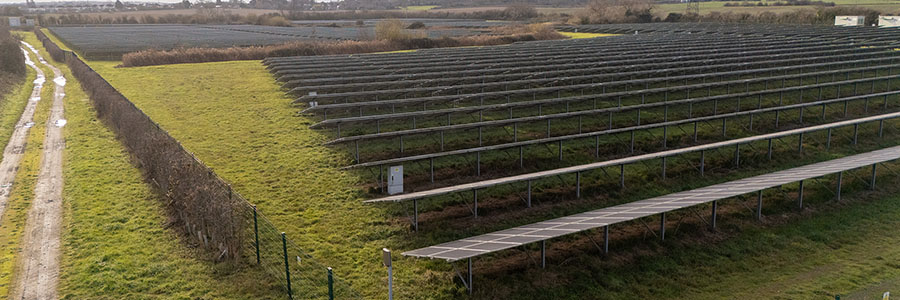
Layered Security: Deter, Detect, Delay
A layered security strategy is widely endorsed by UK police forces and security professionals. This approach focuses on three core principles:
- Deter: High-visibility, anti-climb security fencing sends a clear message that the site is protected.
- Detect: CCTV and alarm systems enable early warning and rapid response.
- Delay: Certified fencing resists intrusion attempts, buying time for intervention.
Together, these elements create a security ‘triangle’—each reinforcing the others to build a robust and resilient defence. Strengthening each layer significantly reduces the risk of crime and improves site resilience.
Upgrading the Perimeter: Security Fencing that Performs
Perimeter fencing remains the first and most visible line of defence. Unlike agricultural fencing, which offers minimal resistance and deterrence, dedicated security fencing provides a critical upgrade in protection. It delivers a stronger physical barrier, anti-climb features, and far greater resilience to damage and tampering.
At Alexandra Security, we offer a range of fencing solutions specifically designed for solar farms:
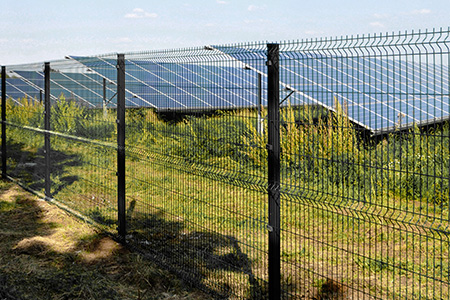
SolarGard Orbit
- Cost-effective V-mesh fencing
- Strong visual deterrent
- Low landscape impact (green or black powder coating)
- Faster installation compared to traditional security fencing
All three systems deliver vastly improved deterrence, anti-climb performance, cut resistance, and fixing strength compared to traditional agricultural fencing.
Proven Performance with LPCB Certification
For operators seeking independently tested protection, both SolarGard Aurora and SolarGard Titan are certified to LPCB SR1 (A1) standards. This security rating provides assurance that the fencing can resist sustained attack for a specified duration. While higher-rated systems exist, SR1 fencing delivers the best balance of protection, visual compatibility with rural surroundings, and cost-effectiveness.
Importantly, higher-rated fencing often appears more industrial in design, which can be challenging during the planning and consent phases of solar farm development. SR1-rated fencing retains a familiar mesh profile while offering tested security performance.
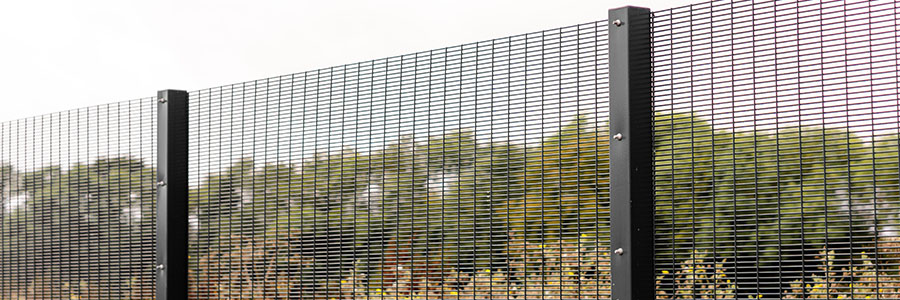
Protect Your Site – Speak to the UK’s Solar Perimeter Security Experts
Don’t wait for a theft to act.

Whether you’re planning a new site, meeting security conditions for a site with planning consent, or upgrading an existing installation, our expert team can help you specify the right solution from our proven SolarGard range.
Secure your investment from day one—contact us today to discuss your solar perimeter security needs. Let’s build a more secure future for renewable energy—together.



